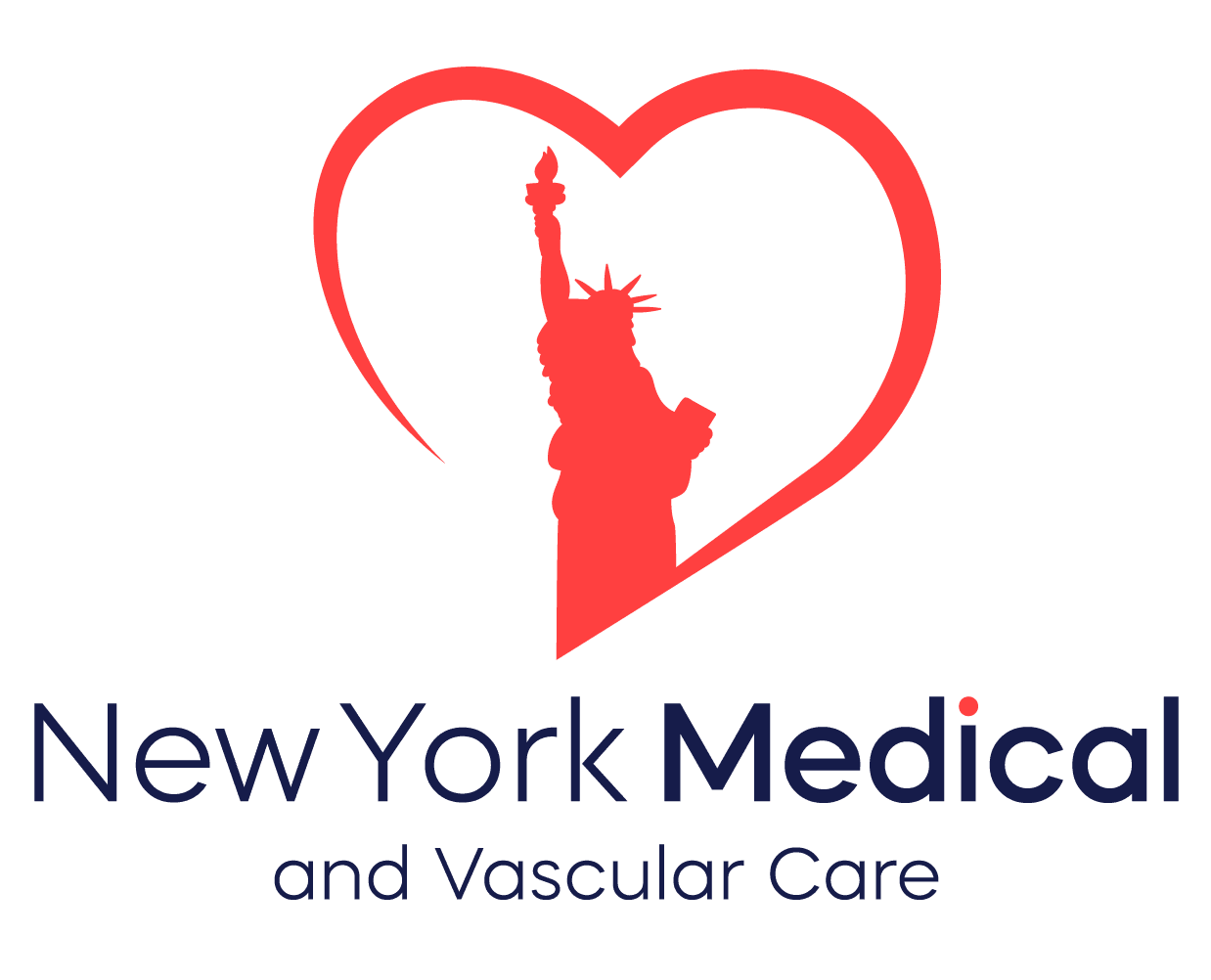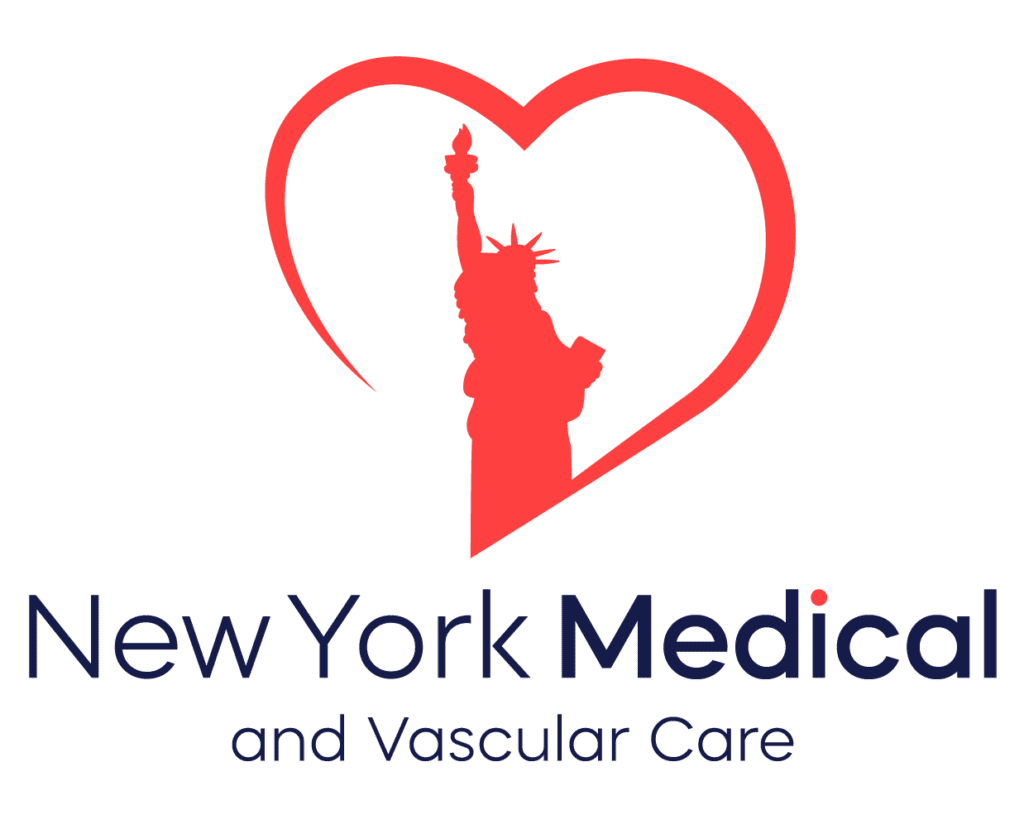Introduction
Diabetes silently injures the body’s tiniest blood vessels long before A1C numbers sound an alarm. By the time blurred vision or tingling toes send Brooklyn and Queens residents to the doctor, retinopathy, nephropathy, and neuropathy may be firmly established. At NYMVCare, we’re taking the fight upstream—using state-of-the-art imaging and biometric analytics to spot microvascular dysfunction years earlier. This proactive approach lets patients reverse course before irreversible damage sets in.
1. What Is Microvascular Dysfunction?
While large arteries grab headlines, microvessels—arterioles, capillaries, venules—deliver oxygen to every organ. Chronic hyperglycemia, insulin resistance, and glycemic swings trigger:
- Endothelial injury (thickened basement membrane, nitric-oxide loss)
- Capillary dropout (reduced vessel density)
- Inflammatory cascade (free radicals, advanced glycation end-products)
The result? Vision-robbing retinal bleeds, leaking kidney filters, and nerves starved of nutrients.
2. Why Traditional Screening Falls Short in NYC Today
Annual eye exams and urine microalbumin checks remain gold standards, but they often detect established disease rather than the earliest functional changes. Busy New Yorkers miss appointments, and single-time-point lab draws miss day-long glucose volatility—now known to drive microvascular stress.
3. NYMVCare’s Next-Gen Diagnostic Toolbox
A. Wide-Field OCT Angiography (OCTA)
At our Sheepshead Bay satellite, OCTA maps retinal blood-flow networks without dye injection. We quantify capillary density and foveal avascular zone size—biomarkers that shift years before conventional retinopathy appears. If density drops, patients enter our “retina rescue” path with endocrinology-ophthalmology co-management.
B. Corneal Confocal Microscopy (CCM)
Tiny nerve fibers in the cornea mirror peripheral neuropathy. A three-minute CCM scan predicts diabetic neuropathy progression with 86 % accuracy—long before painful tingling arrives. Early findings trigger lifestyle intensification and FDA-approved neuroprotective agents.
C. Skin Microcirculation Imaging
We employ Laser Speckle Contrast Analysis on the forearm to visualize cutaneous blood-flow dynamics. Diminished perfusion correlates with future foot ulcer risk. High-risk patients get same-day podiatry consults and smart insole prescriptions.
D. Continuous Glucose Monitoring (CGM) with AI Pattern Analysis
NYMVCare pairs Dexcom or Libre data with an in-house machine-learning model that flags dangerous glycemic variability and nocturnal hypoglycemia—key drivers of endothelial stress. Unlike static A1C, CGM-derived metrics (Time in Range, mean amplitude of glucose excursions) guide microvascular-protective therapy adjustments in real time.
4. Translating Early Signals into Action
Case Study | Queens, age 45
Ahmed S. had an A1C of 7.1 %—“controlled” by old standards. OCTA revealed 10 % capillary loss; CGM showed roller-coaster glucose peaks after late-night take-out. A tailored Mediterranean-plus diet, SGLT2 inhibitor, and sleep coaching dropped his variability by 35 % in four months. Repeat OCTA stabilized, averting retinopathy.
Kidney Example
Microalbumin upticks often appear after years of silent glomerular damage. Our nephrology team now orders urinary podocin and KIM-1 biomarkers—earlier leak indicators—plus kidney Doppler ultrasound to gauge cortical perfusion. Patients with subclinical injury begin ACE-inhibitor therapy sooner, cutting future dialysis odds nearly in half.
5. Integrating Multispecialty Care Under One Roof
- Endocrinology fine-tunes medication and CGM algorithms.
- Cardiology & Vascular Medicine assess endothelial function with reactive hyperemia index, linking microvascular health to macrovascular events.
- Podiatry fits 3-D printed orthotics and trains patients on daily foot thermography via smartphone.
- Ophthalmology Partners at NY Eye-&-Ear provide same-week retinal laser if early bleeds appear.
This seamless model keeps diabetic complications from playing whack-a-mole across fragmented practices—a common problem in NYC’s healthcare maze.
6. Lifestyle Strategies That Protect Microvessels
- Time-Restricted Eating (12-hour kitchen-curfew) lowers post-prandial glucose spikes, easing endothelial load.
- High-Intensity Interval Training twice a week improves capillary density in skeletal muscle—key for glycemic disposal.
- Plant-Forward, Low GI Diet: Lentils, quinoa, and leafy greens feed nitric-oxide production.
- Stress-Reduction Apps: Heart-rate-variability biofeedback boosts parasympathetic tone, curbing inflammatory signaling.
- Seven-Hour Sleep Goal: Sleep debt correlates with higher retinal non-perfusion scores; blue-light filters and bedtime routines help.
7. Frequently Asked Questions
Q: My A1C is below 7 %. Do I still need advanced screening?
A: Yes. Glycemic variability and duration of diabetes matter too. We’ve found retina changes in patients with A1C 6.5 %.
Q: Are these tests covered by insurance?
A: OCTA and CCM often fall under standard diagnostic imaging codes; CGM and podiatry devices are covered by most plans after prior authorization. Our billing team confirms benefits upfront.
Q: How often should I repeat OCTA?
A: If baseline is normal, annually. If early loss is seen, every six months until stable.
8. Local Statistics That Drive Home the Urgency
- NYC’s diabetes prevalence (11.3 %) tops the national average (10.5 %).
- Brooklyn dialysis initiation rates are 25 % higher than Manhattan’s, largely due to late nephropathy detection.
- NYMVCare’s early-screening program reduced new vision-threatening retinopathy referrals by 17 % in 2024.
9. How to Get Started at NYMVCare
- Book a Microvascular Assessment online or call 877-877-1118.
- Upload or bring CGM data—even if it’s from a pharmacy device.
- Fast for four hours if possible; it helps standardize endothelial studies.
- Wear comfortable shoes—our podiatry team may perform gait analysis.
Conclusion
Microvascular dysfunction doesn’t announce itself with dramatic chest pain; it whispers through dwindling capillaries—until blindness or kidney failure kicks down the door. With the latest imaging, biomarker panels, and CGM-powered analytics, NYMVCare turns those whispers into actionable signals. If you live in Brooklyn, Queens, or anywhere in NYC, don’t wait for complications to surface. Schedule an advanced diabetes screening today and keep your eyes, kidneys, and feet healthy for decades to come.


